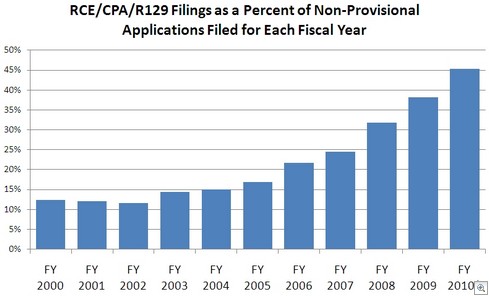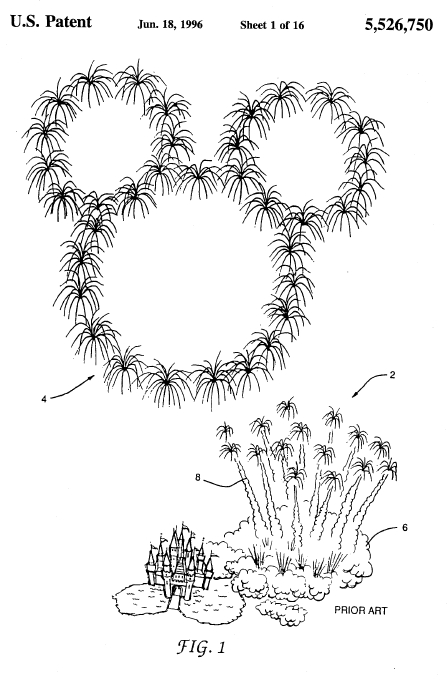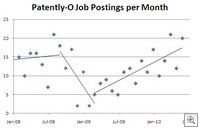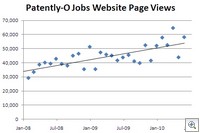By Jason Rantanen
In Leviton, Chief Judge Michel issued his last words as a judge on the subject of inequitable conduct, while Judge Prost provided some hints as to her views on the questions pending before the court in Therasense v. Becton Dickinson.
* * * * *
Leviton Manufacturing Company, Inc. v. Universal Security Instruments, Inc. (Fed. Cir. 2010) (Case No. 2009-1421)
The district court's inequitable conduct determination in this case arose from two patent applications Leviton filed in 2003 and 2004. The applications contained virtually identical claims, but listed completely different inventors. The first application (the "Germain application") was filed in October 2003 and claimed priority to a February 2003 provisional application; the second, which led to the '766 patent (the patent in suit), was filed in 2004 as a continuation of an application filed on August 20, 1999. The prosecuting attorneys did not disclose the Germain application during the prosecution of the '766 patent.
After granting Leviton's mid-litigation motion to dismiss, the district court concluded that the case was exceptional based on inequitable conduct and vexatious litigation, resulting in an award of attorneys' fees.
- Note: The majority treated the district court's inequitable conduct finding as a summary judgment, as there was no evidentiary hearing. The dissent would have reviewed the factual findings under the clear error standard because they arose in the context of an exceptional case determination.
Majority: Factual Issues Relating to Intent Precluded Summary Judgment of Inequitable Conduct
The majority, written by then Chief Judge Michel and joined by Judge Moore, concluded that summary judgment of inequitable conduct should be reversed. With respect to materiality, they agreed with the district court that the Germain application constituted undisclosed material information. Although the copying of the claims was not per se material under 37 C.F.R. § 10.23(c)(7) (which relates to the interference context), it was relevant to double patenting and inventorship. They also agreed that the failure to disclose litigation involving the '766 patent's parents was material.
On intent, however, the majority concluded that the district court's inference of deceptive intent was not the only reasonable one based on the record. In particular, they noted that the explanation given by Leviton's litigation counsel was not unreasonable as a matter of law, thus precluding a grant of summary judgment. Rather, it could only be found implausible following an evidentiary hearing.
Dissent: Summary Judgment Should Be Affirmed
In her lengthy dissent, Judge Prost indicated that she would reach the opposite conclusion on intent. Particularly informative are her views on inferring intent. First, she explicitly adopted the Larson Manufacturing requirement that an inference of intent "must be the single most reasonable inference able to be drawn from the evidence." Dissent at 11. Second, she gave her thoughts on plausible explanations, reasoning that the prosecuting attorney's explanation (that he did not believe the Germain application was material because it was not prior art) was implausible because a veteran patent prosecutor would know that prior art is not the only type of information that is material to the examiner. Thus, she would "allow the district court to reject [the explanation] as "unreasonable" and "implausible" and therefore insufficient to create a genuine issue of material fact." Dissent at 17.
- Comment: Judge Prost's logic would appear to be applicable to any situation in which the prosecuting attorney's explanation was incorrect – which generally necessarily follows once materiality has been found. All one needs to do is to point out that the attorney must necessarily have known better, and the explanation would be rendered implausible.
About Jason: After spending several years in practice as a patent litigator, Jason is now looking at law from the academic side and is currently a Visiting Researcher at UC Hastings. Although he does not currently represent clients, for the sake of full disclosure he notes that he has represented clients on both sides of inequitable conduct issues, including Abbott Laboratories in connection with the Therasense litigation.





